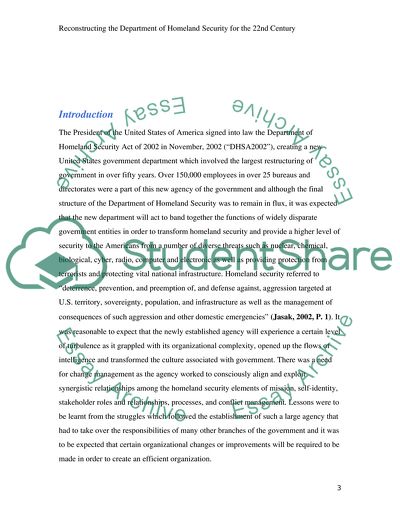Cite this document
(Reconstructing the Homeland Security Department for the 22nd Century Essay, n.d.)
Reconstructing the Homeland Security Department for the 22nd Century Essay. Retrieved from https://studentshare.org/politics/1702814-reconstructing-the-department-of-homeland-security-for-the-22nd-century
Reconstructing the Homeland Security Department for the 22nd Century Essay. Retrieved from https://studentshare.org/politics/1702814-reconstructing-the-department-of-homeland-security-for-the-22nd-century
(Reconstructing the Homeland Security Department for the 22nd Century Essay)
Reconstructing the Homeland Security Department for the 22nd Century Essay. https://studentshare.org/politics/1702814-reconstructing-the-department-of-homeland-security-for-the-22nd-century.
Reconstructing the Homeland Security Department for the 22nd Century Essay. https://studentshare.org/politics/1702814-reconstructing-the-department-of-homeland-security-for-the-22nd-century.
“Reconstructing the Homeland Security Department for the 22nd Century Essay”, n.d. https://studentshare.org/politics/1702814-reconstructing-the-department-of-homeland-security-for-the-22nd-century.


